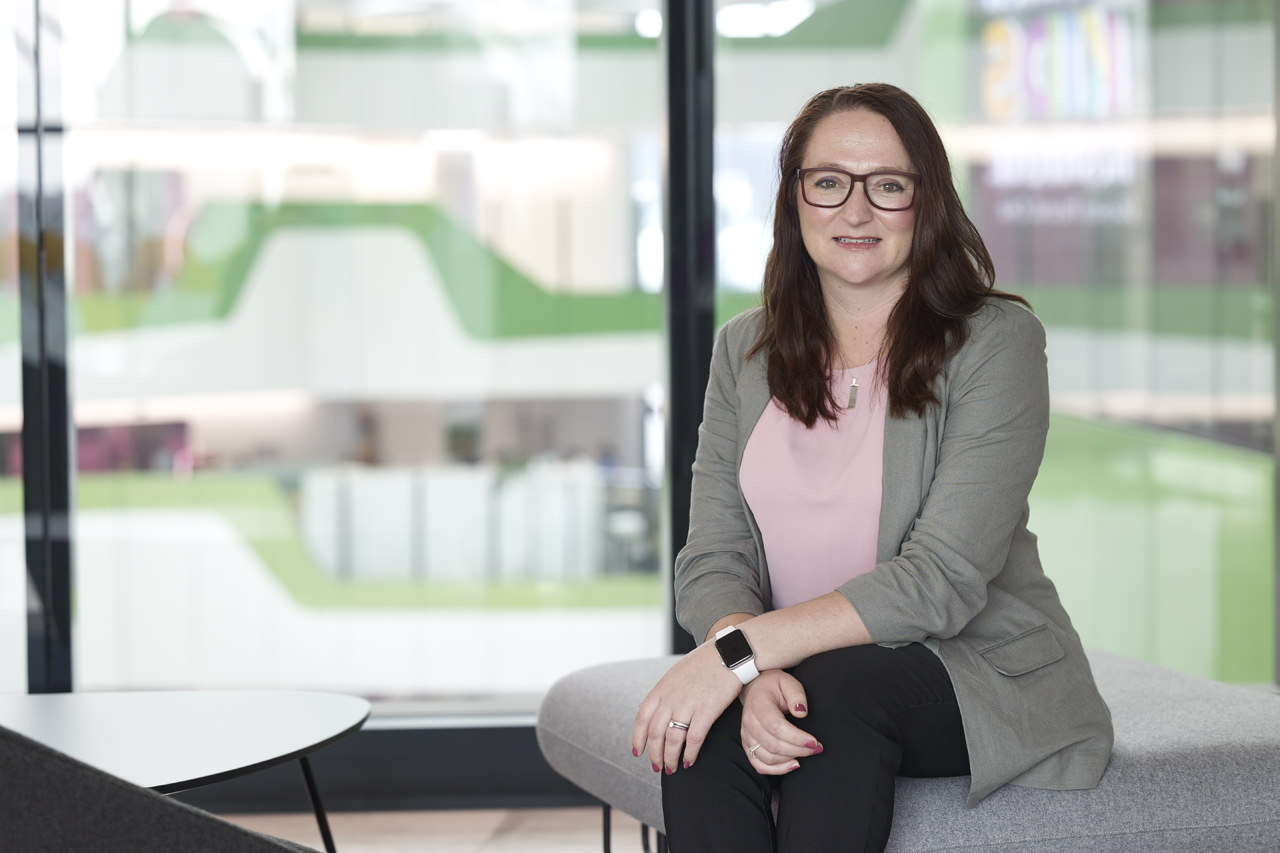
National research led by the Wesfarmers Centre of Vaccines and Infectious Diseases, based at The Kids Research Institute Australia, has secured more than $3.4 million to assess the epidemiology of respiratory syncytial virus (RSV) throughout the country and optimise Australia’s immunisation strategy.
Associate Professor Hannah Moore OAM, Theme Head, Infectious Diseases at The Kids, Co-Lead of the Wesfarmers Centre Infectious Diseases Epidemiology team and Associate Professor at Curtin University’s School of Population Health, has been awarded a $1.5 million National Health and Medical Research Council Partnership Grant, as well as Future Health Research and Innovation Fund co-funding of $1 million from the WA Government.
Associate Professor Moore’s RISE Partnership Project, which stands for Modelling RSV Immunisation Strategies for Evidence-based Policy, has also received $880,000 in support from the WA Department of Health, PathWest Laboratory Medicine WA, Child and Adolescent Health Service and Immunisation Foundation of Australia.
A collaboration between researchers, policymakers, clinical and laboratory service providers and community advocates, RISE will guide equitable and efficient RSV immunisation policy by using real world data and mathematical models.
“Each year, around 3.6 million children globally – including up to 800 in Western Australia – are hospitalised with RSV,” Associate Professor Moore said.
With this funding, we will be able to harness world-class data, assess the impact of current immunisation strategies, and develop evidence-based tools to guide future policy.
“I’m proud to see this vital research being led out of WA - we are in the unique position of being able to leverage the proven success of Australia’s first-ever RSV immunisation program for young babies launched here in 2024, and we will use this evidence and our expertise in RSV epidemiology and modelling to guide the development of an immunisation strategy designed to provide the best protection for our kids.
“Our ultimate goal is to reduce the burden of RSV and prevent as many hospitalisations as possible, both here in Australia and across the globe,” she said.
Read more about the latest National Health and Medical Research Council funding online here.
